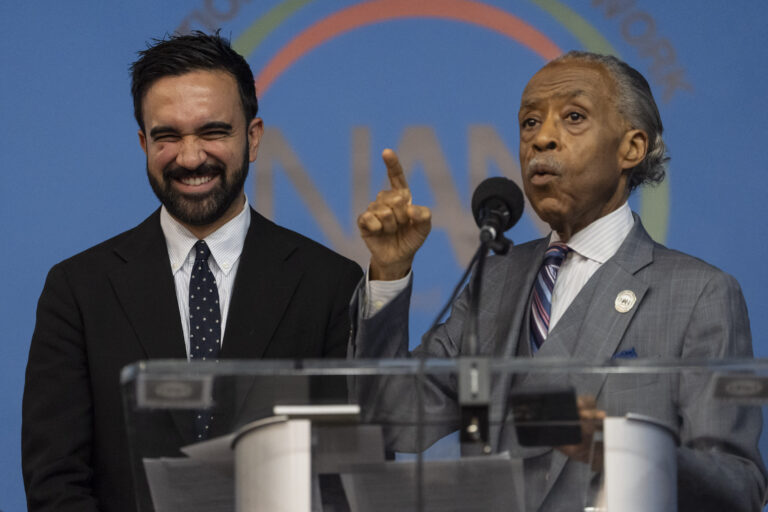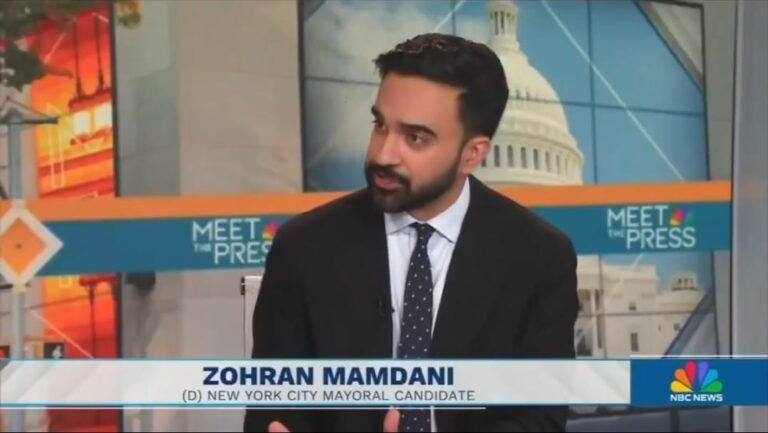 With many families still struggling to recover from Superstorm Sandy and with federally-backed home flood insurance rates scheduled to rise drastically in the coming years, Assemblyman Phil Goldfeder (D – Howard Beach) is calling on Mayor Bill de Blasio to enroll New York City in FEMA’s Community Rating System (CRS) Program to help reduce flood insurance premiums for thousands of affected families. Communities enrolled in CRS can reduce household premiums by up to 45% through community awareness programs and other city-wide mitigation efforts.
With many families still struggling to recover from Superstorm Sandy and with federally-backed home flood insurance rates scheduled to rise drastically in the coming years, Assemblyman Phil Goldfeder (D – Howard Beach) is calling on Mayor Bill de Blasio to enroll New York City in FEMA’s Community Rating System (CRS) Program to help reduce flood insurance premiums for thousands of affected families. Communities enrolled in CRS can reduce household premiums by up to 45% through community awareness programs and other city-wide mitigation efforts.
“Too many families in southern Queens and Rockaway are drowning in debt as they struggle to recover from Superstorm Sandy. With flood insurance rates continuing to rise, now is the time to take advantage of programs already in place that can help reduce costs,” said Assemblyman Phil Goldfeder. “That’s why I urge Mayor de Blasio to enroll New York City in the Community Rating System (CRS) and provide some much-needed relief to our families.”
In a letter to Mayor de Blasio, Goldfeder called on the city to join the CRS program. Goldfeder explained that approximately 85% of his district, including his own home and district office, was affected by Superstorm Sandy. He noted that the increase in flood insurance premiums in recent years could have devastating consequences for our families and that many have expressed concern over the ability to pay their bills.
According to FEMA, the National Flood Insurance Program (NFIP) Community Rating System (CRS) is a voluntary program implemented in 1990 to encourage flood-prone communities to take additional steps to mitigate flood risks faced by home owners. Participating CRS communities can reduce flood insurance premium rates in 5% increments (up to 45%) by completing any of 18 creditable activities falling into four categories: public information, mapping and regulations, flood damage reductions, flood preparedness. These activities can range from meeting minimum flood elevation requirements for new constructions, to making flood maps and protective measures available to residents via municipal websites or at public libraries.
Municipalities can apply for the CRS program by sending a formal letter of intent from the mayor or chief executive to FEMA to request inclusion in the program. FEMA would then work with the community to ensure necessary compliance with minimal flood mitigation requirements for the program. Currently, nearly one hundred Sandy-impacted municipalities throughout New York State and New Jersey are already enrolled in the CRS program. According to FEMA, some of these communities are already seeing flood insurance premiums reduced by a quarter, translating to millions in savings for homeowners.
Last year, Assemblyman Goldfeder joined his counterparts in Washington, D.C. to urge Congress act to protect families from the effects of the Biggert-Waters Act, which intended to cut subsidies to NFIP-backed premiums and substantially raise rates paid by homeowners. As a result, Congress passed the Homeowner Flood Insurance Affordability Act of 2014, which President Obama later signed into law. This law amended provisions of Biggert-Waters by delaying its full implementation, raising many homeowners’ rates by as little as 5% a year, and capping increases in flood insurance rates at 18% annually until premiums reached full-risk rates. However, this law would require reauthorization to continue to delay the full effects of Biggert-Waters, leaving many homeowners worried about the potential for greater increases in premiums in the future.
“I was born and raised in Rockaway and now my wife and I are raising our children here. I’d hate to think that our children might not be able to afford the neighborhood because of the extremely high cost of flood insurance,” concluded Goldfeder. “We must ensure that all our families can continue to afford living in the neighborhoods we know and love.”
(YWN Desk – NYC)











One Response
Perhaps the answer is that people should stop building in places that are prone to flooding, and not depend on government bailouts.